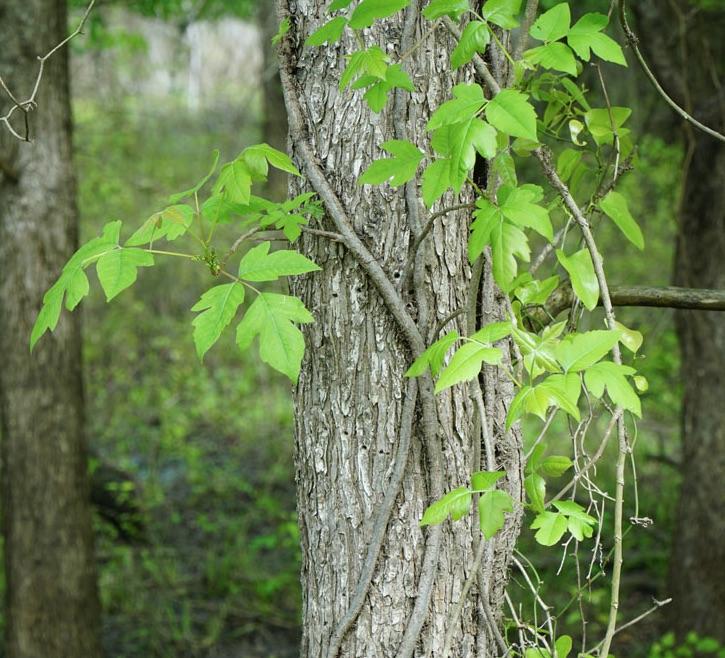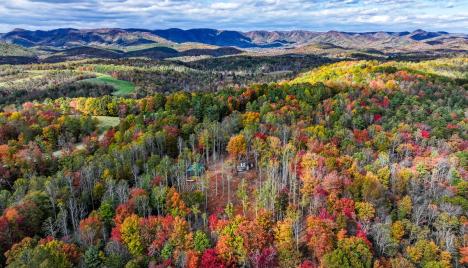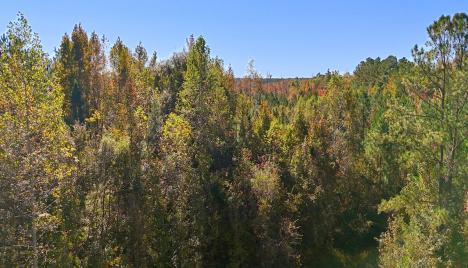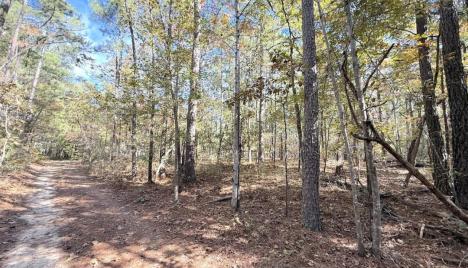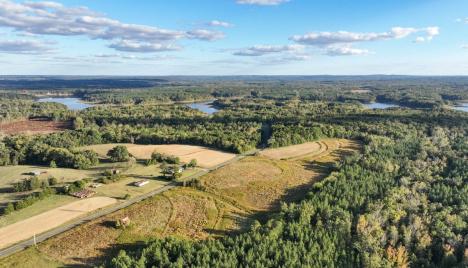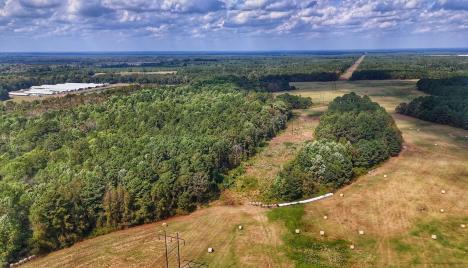Whether it’s on a long, extended adventure or a short hike, the last thing you want is to come home with a bad case of poison oak, poison sumac or poison ivy. The briefest contact with any of these plants can result in painful outcomes, like itchy rashes and welts.
To keep you and your hiking mates safe from poison oak, poison ivy or poison sumac, you need to learn how to identify them quickly and correctly. There are some simple details to help you recognize these allergenic plants before using them as impromptu toilet paper.
WHAT IS POISON IVY?
Poison ivy is a plant endemic to Asia and Eastern North America whose leaves contain the oily substance urushiol, which causes contact dermatitis or a rash. Anyone who touches it transfers the clear, oily sap onto their skin and will suffer from an itchy, often-painful rash.
If you encounter poison ivy on the trail, wash everything that came into contact with the plant or with your fingers after you touched the plant. Remember that poison ivy is often low-growing, so your animal companions can also transfer urushiol to your person if they brush up against the plant.
Much like knowing how to tell if a berry is poisonous, understanding the telltale signs of poison ivy and its cousins can save you a lot of discomfort down the line.
HOW TO SPOT POISON IVY ON THE TRAIL
Poison ivy, despite its name, is not a true ivy but a member of the pistachio or cashew family. The seeds are eaten by birds and some parts of the plant are consumed by animals, but humans mainly consider this allergenic plant a weed.
The rash-inducing plant grows with three distinctive leaflets shaped like almonds sprouting from each node. Poison ivy is a vine, so it will cling and climb up the trunks of trees. The leaves have smooth edges and poison ivy does not have any thorns.
Poison ivy grows in every state east of the Rocky Mountains and comes in a vast array of colors. Ranging from light green to dark evergreen to fiery reds and oranges in the autumn, poison ivy also sports a shiny gloss from the urushiol on each leaf.
WHAT IS POISON OAK?
Poison oak is another nasty shrub that can cause welts and rashes if you brush up against it. If you live in the Pacific Northwest or have visited the grasslands and wetlands in that gorgeous part of the country, you may already be acquainted with poison oak.
These plants like water, so look for them in creek beds or near waterfalls. A woody vine or shrub in the sumac family, poison oak can cause a rash through skin-to-leaf contact or by inhaling the smoke produced from burning it, which can cause a much more severe condition.
HOW TO IDENTIFY POISON OAK
If you’re hiking on the West Coast, you need to be vigilant for the telltale oak-leaf-shaped lobes of poison oak. This plant likes to grow in dappled sunshine or part shade and can also climb as a vine, sometimes killing off the support plant by smothering it.
Poison oak grows in many varieties, which is unfortunate for the hiker trying to avoid it. You can find it as dense bushes, vines climbing up other plants, hedges or anything in-between. It loses its leaves in winter but sports black striations on its bark.
The leaves grow as trios at each juncture on the plant and resemble a mature oak tree’s lobed leaves, but glossier. The leaves are bronzy-green when they first unfurl, stay green throughout the growing seasons and turn red and purple in autumn. The rash-inducing oil is present on both the leaves and stems.
WHAT IS POISON SUMAC?
In Eastern Canada and the U.S., poison sumac haunts wetlands and swamps from north to south as a small woody shrub or tree. In the southern United States, this shrub is also known colloquially as thunderwood.
Poison sumac has the same itch-inducing ingredient as poison ivy and poison oak – urushiol. If it’s inhaled, it will cause a rash on the interior lining of the lungs, which can be very painful. Poison sumac likes clay soil and wet spots and looks a little different than poison ivy or oak because its leaves don’t grow in threes. All three have almond-shaped leaves – some with teeth or hair, some without.
HOW TO RECOGNIZE POISON SUMAC
If you’re fond of outdoor recreation and enjoy foraging for food or herbal remedies, you must be especially careful to avoid this poisonous shrub. Look for oval or oblong tapered leaves, ranging seven to 13 per branch with one lone leaf at the end.
Some of the leaves have baby-fine hair on the underside, whereas others are hairless. One way to distinguish poison sumac from other shrubs is the stems and the bottom of the leaves may have a reddish tint. The tree fruits in clusters of milky-white, and it has dark grey bark.
WRAPPING IT UP
If you’ve ever had a rash from poison oak, poison ivy or poison sumac, you know what terrible pain these plants can inflict. No matter why you like to go into the woods, whether you’re a forager, hunter or hiker, it’s crucial to protect yourself from the allergenic plants.
The number one way to protect you and your companions is to learn how to identify each plant. Poison ivy leaves grow in threes and are glossy green; poison oak also grows in threes but has the rounded nodes of an oak leaf; and poison sumac grows in pairs along one long branch and has tinted red undersides to its leaves.
All three of these poisonous plants contain urushiol. They all result in a terrible rash from the oils secreted on the leaves, stems or anywhere else on the plant. If you use poison ivy, oak or sumac as burning material, the smoke can irritate the lungs, which – at its worst – can lead to pulmonary edema.
Equip yourself with excellent knowledge and the highest quality gear designed by experienced adventurers like those at Mossy Oak. To ensure your safety and comfort on your next big trek, visit Mossy Oak first. You’ll be glad you did.


